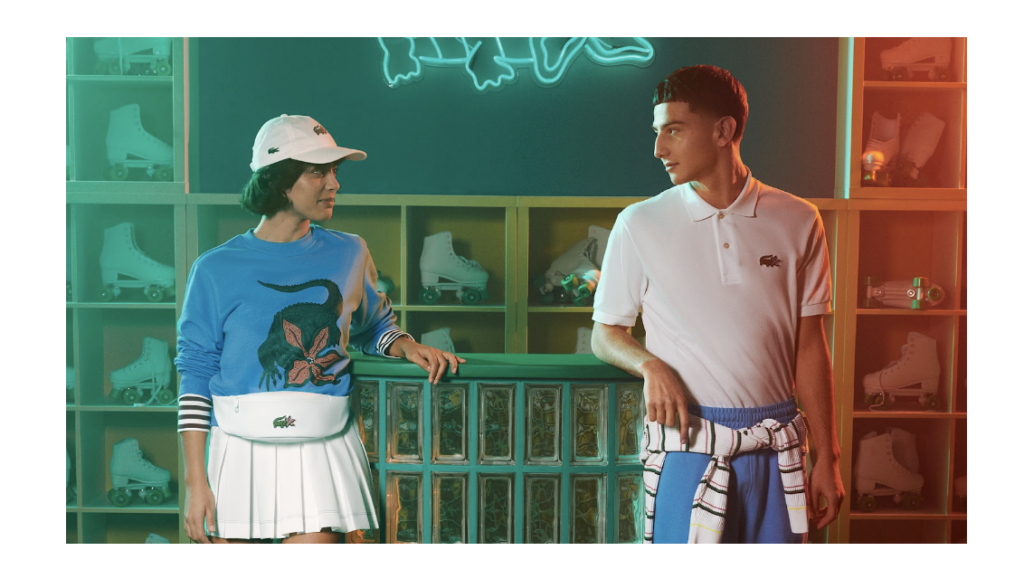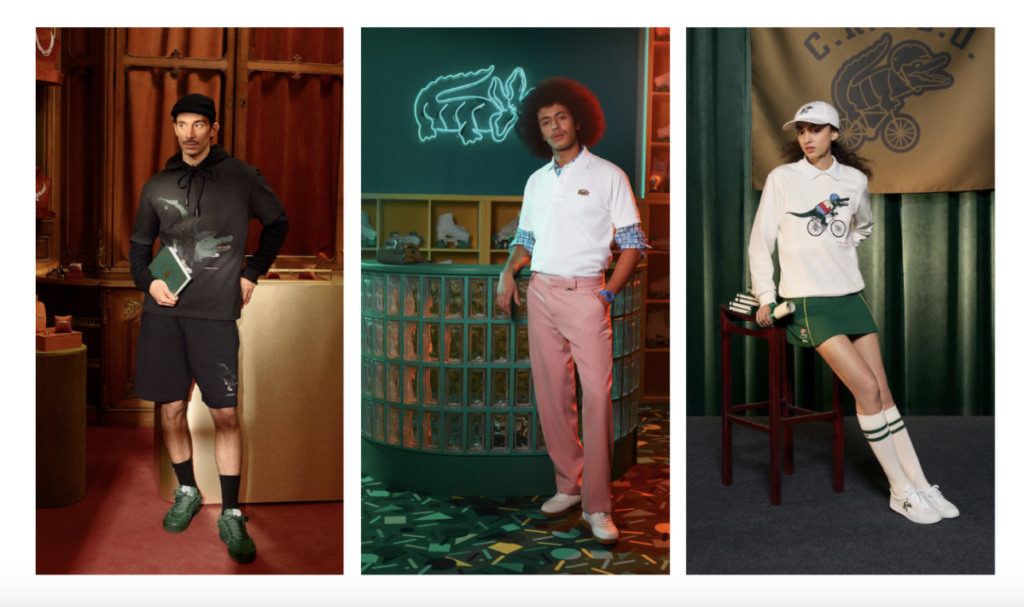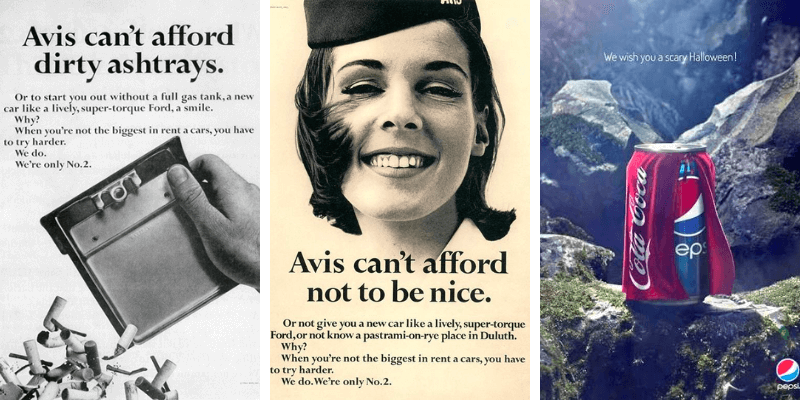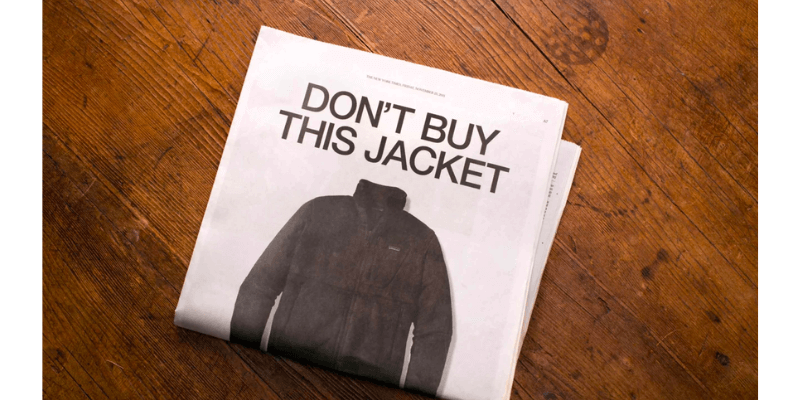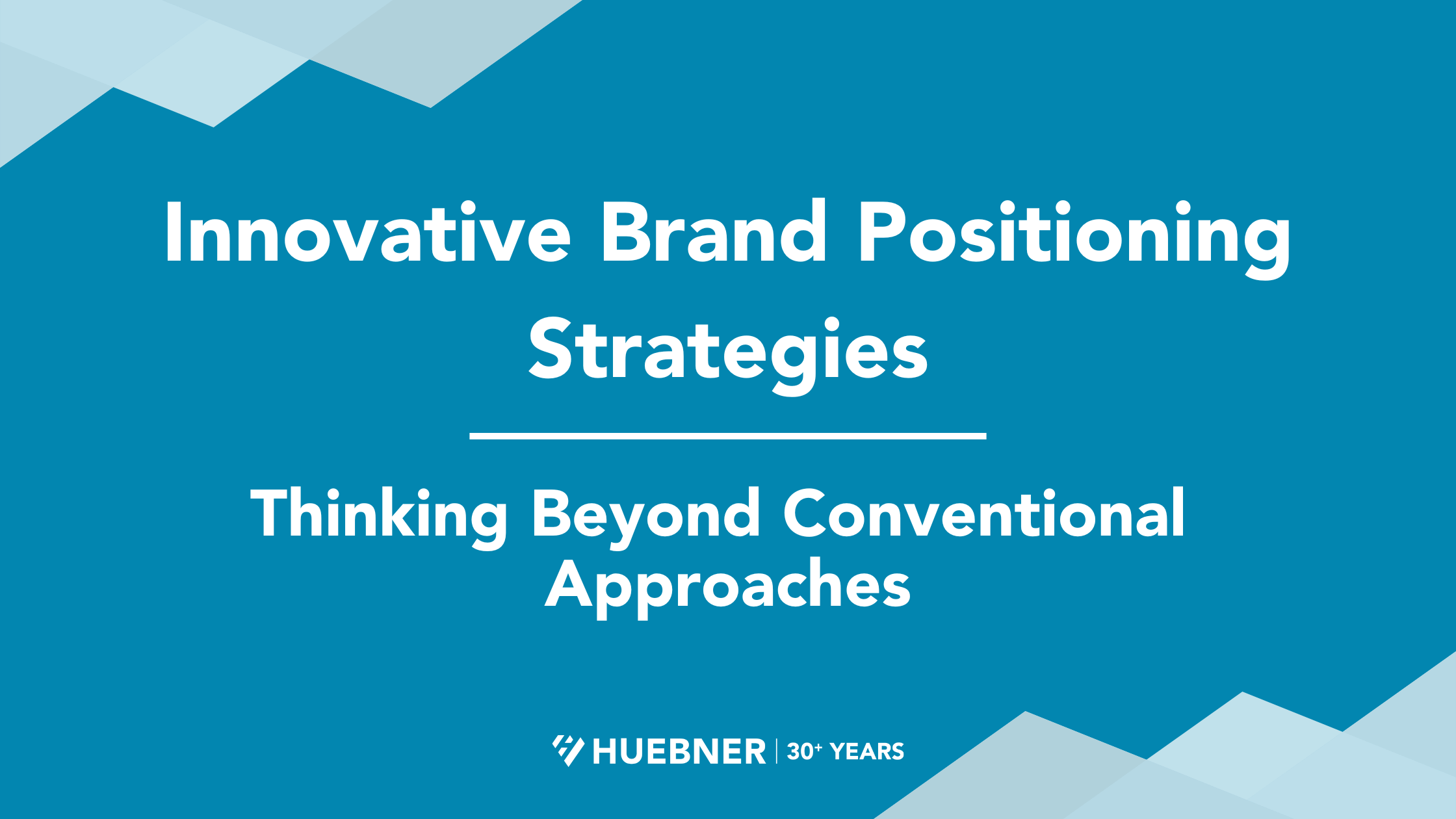
Innovative Brand Positioning Strategies: Thinking Beyond Conventional Approaches
Websites, emails, texts, and events. We all know the standards when it comes to representing your brand. These are important, yes. But will they give you that extra push you need to reach into the spotlight in those important moments? Perhaps. But we have a few, better ideas.
Unconventional positioning strategies can provide a breath of fresh air in a world full of marketing, allowing your brand to break free from the norm and capture the attention of your target audience. Let’s explore innovative positioning strategies that go beyond conventional approaches, showcasing case studies of brands that have successfully positioned themselves through disruptive marketing campaigns, partnerships, and other guerrilla tactics.
Disruptive Marketing Campaigns: Creating Buzz and Impact
Disruption often leads to attention, and attention can translate into market share. Brands like Dollar Shave Club disrupted the shaving industry with a viral video that showcased their product and ridiculed the traditional razor market. By blending humor, clear value proposition, and an unexpected approach, they garnered 26 million views and positioned themselves as a cost-effective alternative to established brands.
Co-Branding and Partnerships: Expanding Horizons
Collaborating with complementary brands can open doors to new markets and redefine your positioning. Take the collaboration between Nike and Apple to create the Nike+ app. This partnership extended Nike’s brand into the digital fitness world, positioning them as tech-savvy and fitness-focused, while also boosting Apple’s appeal to health-conscious consumers. As a model, it proved successful and Nike went on to create three consumer apps, Nike shopping, the Nike SNKRS app, and the Nike Training Club app, all of which were attributed to the 18% annual revenue growth in its digital business in 2022.
There’s also today’s Lacoste | Netflix campaign going on, which presents a very luxe way to chill. (We’re all in).
Reverse Positioning: Flipping Perceptions Upside Down
Sometimes, positioning your brand by contrasting it with the norm can be impactful. Avis, the car rental company, famously embraced the idea of being second with their “We Try Harder” campaign in the 90s. It worked so well we still remember it. By acknowledging their position as the runner-up, they successfully positioned themselves as a brand that cares more about customer service than being the biggest.
Pepsi has done the same in the past, as well, but has recently tried to reach past the soft-apology of “Is Pepsi OK?” to this glorious message of strength.
https://adage.com/video/pepsi-more-ok
Lifestyle Positioning: Aligning with Consumer Values
Positioning your brand as a reflection of a specific lifestyle or set of values can resonate deeply with your target audience. Patagonia, the outdoor clothing company, has successfully positioned themselves as champions of environmental sustainability time and time again. This strategy aligns with their customers’ values and establishes a strong emotional connection.
In 2011, Patagonia launched their Don’t Buy This Jacket campaign.
In the aftermath of the 2008 recession, Patagonia recognized their customers were becoming less inclined to buy on impulse, shopping more for value, and looking for long-lasting product. The Thanksgiving ad campaign talked about the cost to the environment of one of the company’s best-selling fleece jackets and asked consumers to reconsider before buying the product. Better yet, they announced, customers could opt for used Patagonia product. In spite of this message to buy used, or because of this display of understanding and compassion, the company saw its revenues grow about 30% to $543 million in 2012, followed by another 5% growth in 2013.
And hopefully you remember IKEA’s Second Best campaign, the most heart-gushing campaign of all time.
Niche Positioning: Targeting Micro-Communities
Focusing on a specific niche market can lead to strong brand loyalty. The internet is chock full of successful examples of this, so we’ll just give you a few:
- Bonobos wanted to create mens’ pants that truly fit. They did, and grossed $1M in revenue in their first six months.
- Square was built for small and unconventional online businesses that couldn’t get traditional e-commerce support. Now, they are a market staple, used by millions of businesses worldwide.
- Powell’s Books is a proudly independent bookstore, and fiercely supported by book lovers who appreciate their in-store atmosphere and collection of used books (nearly half its inventory) for sale. Now the largest independent bookstore in the world, one of its three locations spans an entire city block wide.
Conventional wisdom often provides a safe path, but it’s the trailblazers that leave a lasting impact. Innovative positioning strategies allow brands to rise above the standard chatter, grab attention, and resonate deeply with their target audience. The strategies listed above can really boost your brand power and redefine how a (your) brand is perceived and remembered. So when should we get started with your plan?



